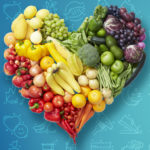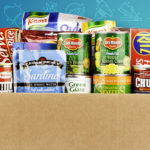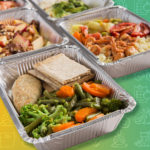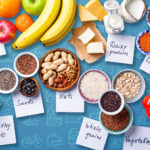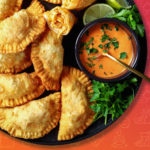Nutrition Education
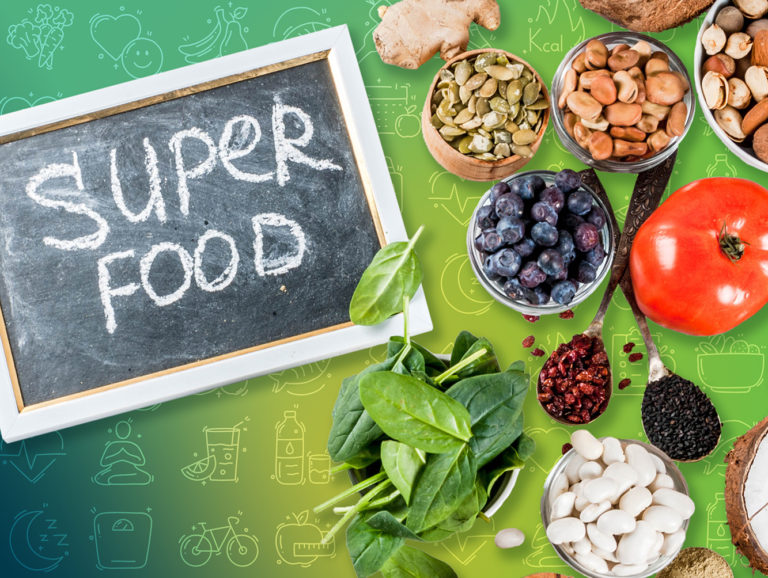
What is it?
- Nutrition education is a crucial component of food access interventions. Education should be linked to community needs assessment and feedback and support food access efforts—for example, recipes or cooking classes utilizing foods available in a food pantry.
How does it look?
- Integrate education or healthy eating messaging with a federal nutrition program referral or into an onsite food pantry and supporting the use of local produce or a produce prescription. Some examples include: recipe of the month, create meal or snack kits, provide helpful hints or tip cards next to ingredients, offer hands-on cooking classes, or provide cooking videos and recipe demonstrations on your website, YouTube channel, or social media platform, use QR codes to link to recipes videos and other nutrition information.
- Find local partners offering nutrition education in your community. Partner with these organizations to offer classes or workshops to students and families.
- Work with your school’s food service department – do they participate in farm-to-school programs or other nutrition promotion programs? Can your center be a place for mutually reinforcing messaging about healthy eating?
- Feedback from the field
Malvern Health and Wellness center in Arkansas began marketing a recipe of the month. The recipe is posted to their social media account and SBHC website. The center found social media to be a highly effective way to reach the community. Printed recipe cards are provided at the onsite pantry and recipes are coordinated with the foods available in the pantry of that month. This center has also partnered with a large medical facility that provides links to nutrition and physical exercise lessons each week that they make available through the same methods.
At Rising Star Elementary in Seattle, Neighborcare Health partnered with a coordinator from their local Cooking Matters organization. The original registration survey asked families about available times, language needs, preferred recipes, and topics. Rather than gearing the class toward students, courses focused on teaching parents, with opt-in times for children. Cooking Matters was able to connect Neighborcare with live interpretation in Cantonese and Spanish for non-English speaking families.
The Cooking Matters classes would cover one hour of nutrition information with skill-building aspects like SNAP resources, shopping help, and reading nutrition labels, followed by a cooking demonstration of the week’s recipe. After each class the participants attended, Cooking Matters sent them a gift card to cover the cost of the ingredients. There was a class a week for six weeks; if the participants attended four or more classes, they received a graduation gift funded by Cooking Matters.
At Pinellas County School-Based Health Centers they employed Health Educators to build relationships with the student body, which assisted students to learn healthy habits. Through the already established food pantry at Pinellas Park High School, the Health Educator was able to introduce students to different fruits and vegetables.
Other resources
- Find local Nutrition Education programs
- Opportunities for Nutrition Education in U.S. Schools
- Cooking Matters
- Cooking Matters – SNAP-Ed Toolkit
- Whyville Snack Shack Games | FDA
- Science and Our Food Supply | FDA
- Read the Label Youth Outreach Materials | FDA
- Health Educator’s Nutrition Toolkit: Setting the Table for Healthy Eating | FDA
- Printable Materials and Handouts
